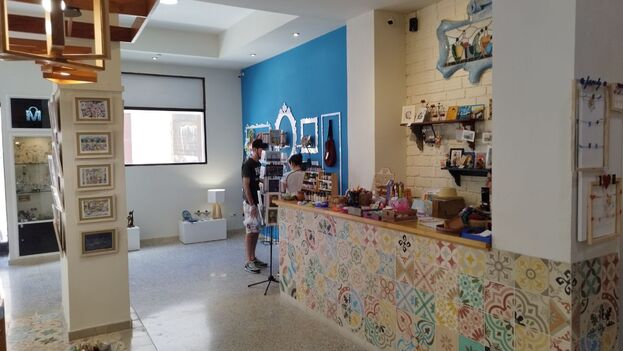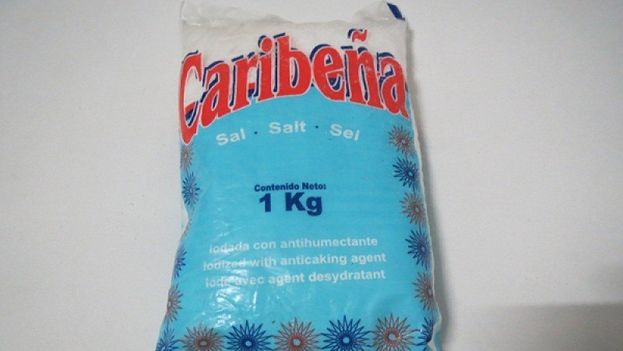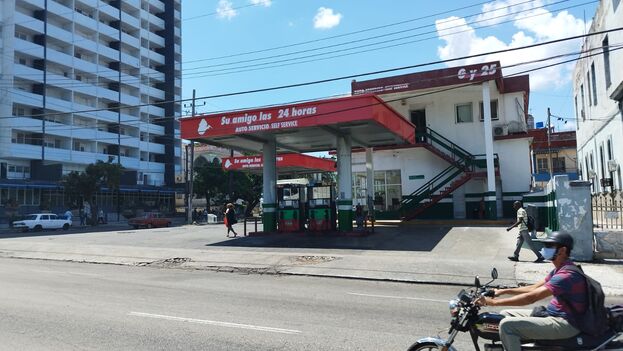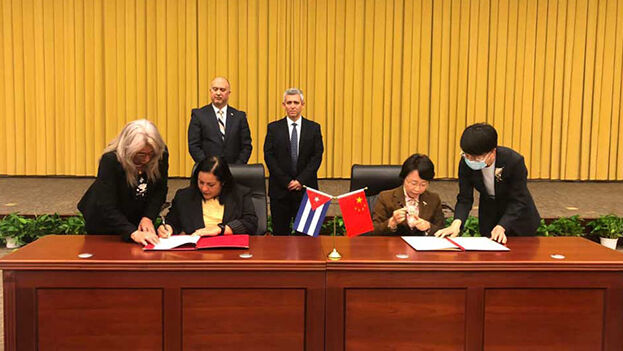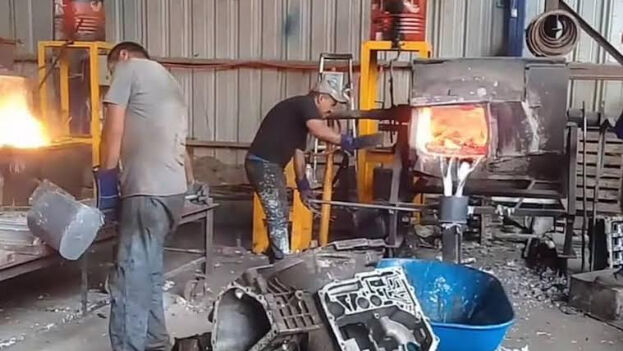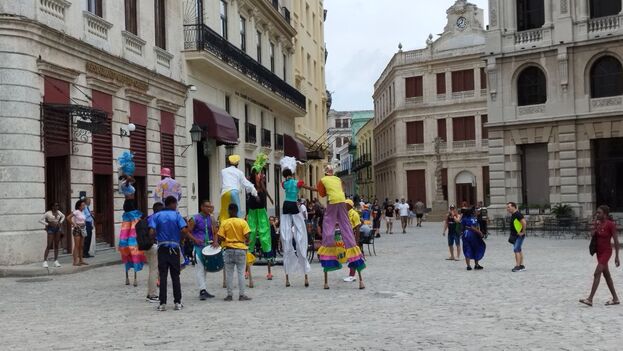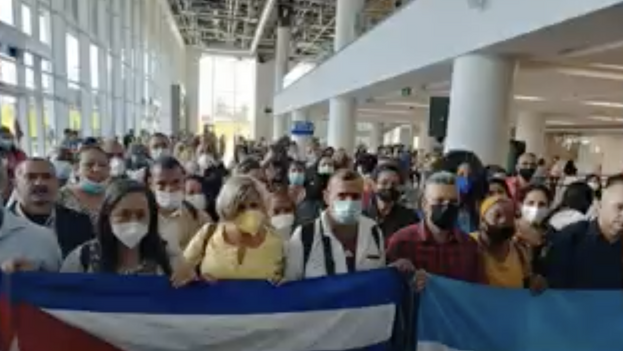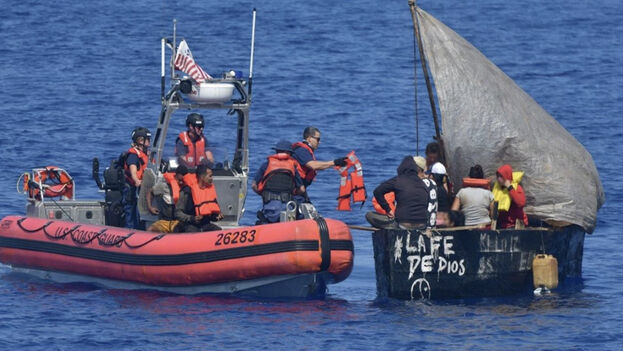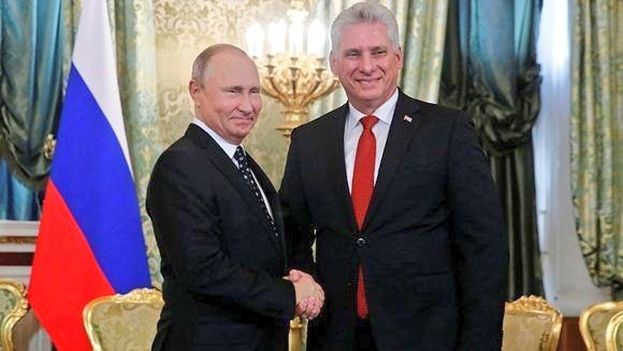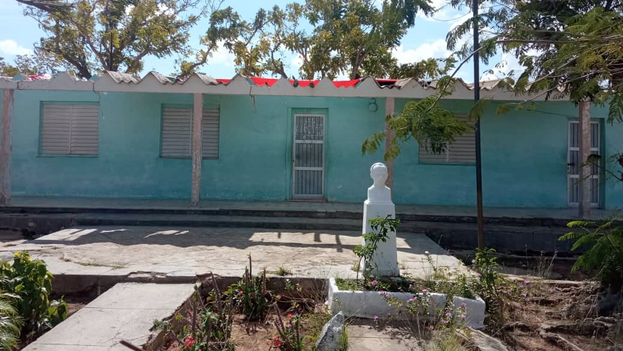
![]() 14ymedio, Havana, 1 April 2023 — Between tobacco plantations and in a very beautiful natural setting, the residents of San Juan y Martínez in Pinar del Río continue to suffer the aftermath of Hurricane Ian, which last September destroyed much of the municipality’s infrastructure. To the meteoric winds is added the State’s lack of attention that has left the Modesto Gómez Rubio school without a roof for half a year.
14ymedio, Havana, 1 April 2023 — Between tobacco plantations and in a very beautiful natural setting, the residents of San Juan y Martínez in Pinar del Río continue to suffer the aftermath of Hurricane Ian, which last September destroyed much of the municipality’s infrastructure. To the meteoric winds is added the State’s lack of attention that has left the Modesto Gómez Rubio school without a roof for half a year.
If you look at the educational center from the outside, located at kilometer 5 of the road to Punta de Cartas, it seems that the hurricane barely managed to damage it. But its blue walls hide from view the drama that is experienced inside its classrooms. Hurricane Ian tore off the roof and also damaged some columns that supported the asbestos cement tiles.
Nora Mesa García, mother of three children and a resident of San Juan y Martínez, no longer knows which door to knock on or which official to approach for a new roof to be installed in the primary school where her eight-year-old son is in the third grade. The woman explains to 14ymedio the sequence of winds, willfulness and inefficiency that has led them to the current situation.
After the passage of Hurricane Ian, former spy Gerardo Hernández, National Coordinator of the Committees for the Defense of the Revolution, arrived in San Juan y Martínez with an official delegation. “He said that the school year had to start although the parents warned him that the school did not meet the conditions,” Mesa recalls.
Despite the arguments for not restarting classes due to the condition of the building, Hernández ignored the approaches of the neighbors of San Juan y Martínez and said goodbye to the municipality with a triumphalist phrase: “The course will happen!” Six months later, classes continue, but risk and discomfort mark the day-to-day life of students and teachers. continue reading
“What was done was to collapse the parts that were in danger of falling and put two tarps on the roof, with the help of the people of the cooperative,” she adds. “We provided a third tarp so that at least the children could each be in their respective classroom and not have to all be squeezed into a small space.”
With a small enrollment that does not exceed one hundred students, classes are taught in the school from preschool to sixth grade. Mesa describes it as a place with “four small classrooms” of which only three were covered with the tarps, a momentary solution that has already continued for a half-year without a comprehensive repair of the property.
Before the “show” of the elections to ratify the deputies to the National Assembly began, Mesa verbally complained to several of the delegates of the People’s Power of San Juan y Martínez. “It seems unbelievable that you don’t have the courage to say that the priority here is to repair the school so that the children are safe,” she told them.
“Right now there is a lot of wind and the tarps move all the time. You have to enter those classrooms to feel the terror of the teachers and students. A few days ago when I went to pick up my son from school, one of the tarps had fallen, and a piece of debris almost hit him.”
“After that, my eight-year-old son won’t go to classes anymore because it’s a very dangerous situation. Here the little that has been done on the premises is because of the initiative of the parents, the cooperative and thanks to the courage of the teachers and the director of the school who are working despite the risk.”
“They told us that this was going to be temporary and that we had to wait because there were many houses destroyed and tobacco sheds totally swept away by the winds. But they didn’t do anything about the little school. They only restored the other school that is at the entrance, in the Calderón neighborhood, next to the road, because it is the one you see when you arrive.”
Mesa has not stopped complaining and wrote to several institutions demanding that the property be repaired. She received a response from the national director of investments of the Ministry of Education of Cuba, Francisco Navarro. “He told me that yes, the school is in the investment plan, but that it is not the only one that is affected; in total there are 218. Many justifications but nothing concrete.”
“We feel like we are orphans everywhere. The rainy season is about to begin, and we will not be able to go inside the classrooms,” warns Mesa, who feels outraged because she considers that San Juan y Martínez is one of the municipalities that “contributes the most to the economy of the country” due to its tobacco production, which is sold at high prices in the international market.
“It bothers me because this is an area that provides the main contribution to the cigars, the leaf that is placed on the outside when they are rolled. It must be of very good quality and is not produced in the rest of the country. What hurts me is that the authorities of the Ministry of Education have not even come to see our situation.
“They shouldn’t play with the parents’ feelings. They can’t tell us that it’s in an investment plan and nothing happens, because it’s our children under those tarps,” she says. “They have a cigar fair, they do auctions and everything under our noses without caring about anything that’s happening here,” she emphasizes. “It’s frustrating because we’ve run out of hope.”
Translated by Regina Anavy
____________
COLLABORATE WITH OUR WORK: The 14ymedio team is committed to practicing serious journalism that reflects Cuba’s reality in all its depth. Thank you for joining us on this long journey. We invite you to continue supporting us by becoming a member of 14ymedio now. Together we can continue transforming journalism in Cuba.

